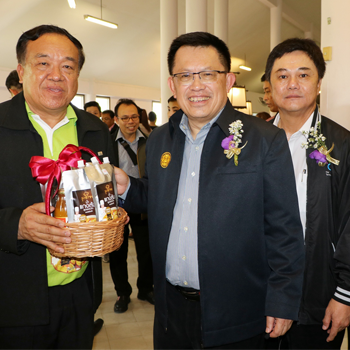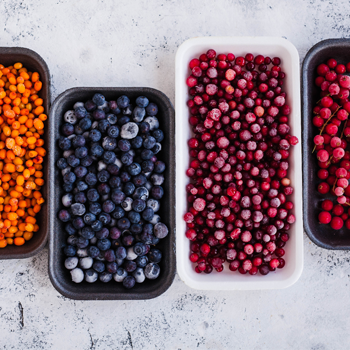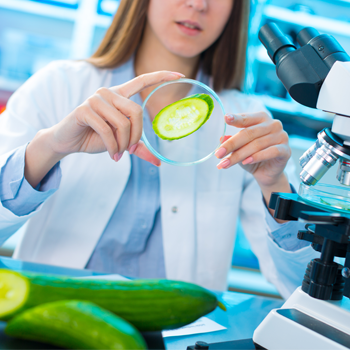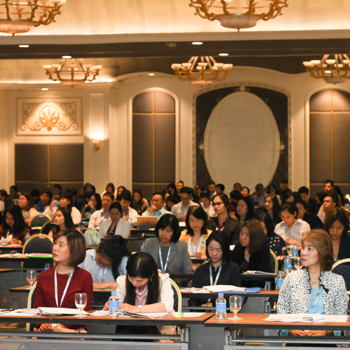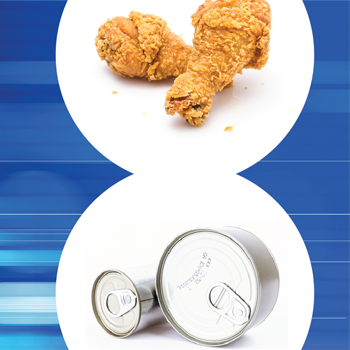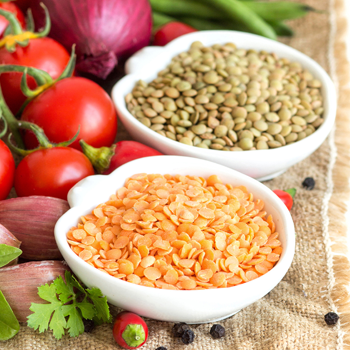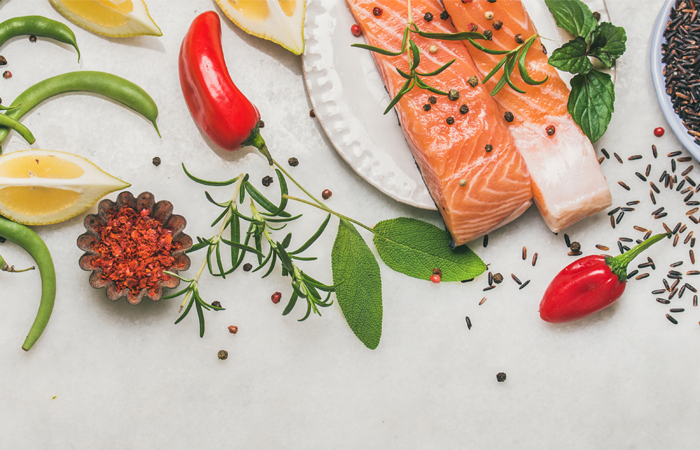ศูนย์การออกแบบและตรวจสอบอุตสาหกรรม (สาขาอาหาร) ต้นแบบ
หนุน SMEs ภาคใต้ พัฒนาอาหารแปรรูปครบวงจร
Compiled By: Editorial Team
Food Focus Thailand Magazine
editor@foodfocusthailand.com
เส้นเลือดใหญ่ของภาคอุตสาหกรรมอาหารและเครื่องดื่มในประเทศไทยเป็นผู้ประกอบการขนาดกลางและเล็ก หรือ SMEs ซึ่งบางโรงงานมีข้อจำกัดในเรื่องของเทคโนโลยี เครื่องมือ และอุปกรณ์ที่ทันสมัย นำไปสู่การทำวิจัยและพัฒนาผลิตภัณฑ์ได้ไม่เต็มรูปแบบ
การมีหน่วยงานที่สามารถดำเนินงานเพื่อปรับปรุงและแก้ไขสถานการณ์ดังกล่าวเป็นอีกหนึ่งแนวทางเพื่อสนับสนุนและส่งเสริมผู้ประกอบการ SMEs ตลอดจนวิสาหกิจชุมชนได้อย่างยั่งยืน สถาบันอาหาร กระทรวงอุตสาหกรรม จึงได้เปิดศูนย์การออกแบบและตรวจสอบอุตสาหกรรม (สาขาอาหาร) ต้นแบบ โดยนำร่องแห่งแรกที่อำเภอหาดใหญ่ จังหวัดสงขลา
ศูนย์ฯ ดังกล่าวจะมีส่วนช่วยหนุนผู้ประกอบการ SMEs และวิสาหกิจชุมชนด้านอาหารและเครื่องดื่มในพื้นที่ 14 จังหวัดภาคใต้ ให้สามารถเข้าถึงการบริการได้อย่างสะดวก รวดเร็ว และครบวงจร ด้วยเครื่องมือ อุปกรณ์ที่ทันสมัย เน้นการพัฒนาผลิตภัณฑ์ และยกระดับมาตรฐานการผลิตเพื่อการส่งออก โดยมีเป้าหมายเพิ่มศักยภาพการแข่งขันให้กับสินค้าอาหารแปรรูปของไทย คาดการณ์กันว่าจะสามารถให้บริการได้ปีละไม่น้อยกว่า 30 ราย และในปี 2562 มีแผนที่จะเปิดศูนย์ฯ เพิ่มอีก 2 แห่ง ที่จังหวัดขอนแก่น และจังหวัดชลบุรี
SMEs are the main artery of the food and beverage industry in Thailand. Certain technological limitations or lack of modern equipment faced by some of these SMEs may prevent their product research and development from reaching its full potential.
An organization capable of improving such situation is one of the solutions that can lead to a sustainable support to SMEs and community enterprises. The National Food Institute, Ministry of Industry, has hence established the first Industrial Design and Inspection Center (Food Sector) in Hat Yai district, Songkhla.
The Industrial Design and Inspection Center (Food Sector) will provide owners of food and beverage SMEs and community enterprises in 14 southern provinces with convenient, fast, and complete access to cutting-edge tools focusing on product development and improvement of manufacturing standards for export. This will increase the competitiveness of Thai processed food products. The center is expected to serve at least 30 entrepreneurs annually. A plan to open two more centers in Khon Kaen and Chon Buri in 2019 is also in place.
